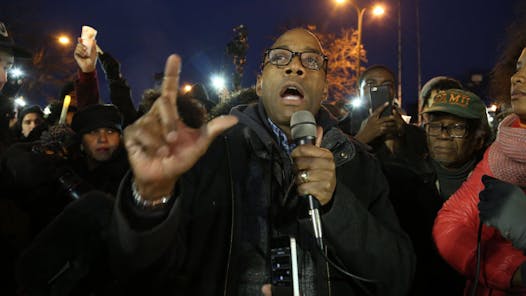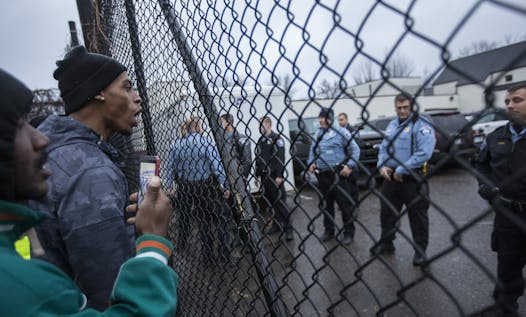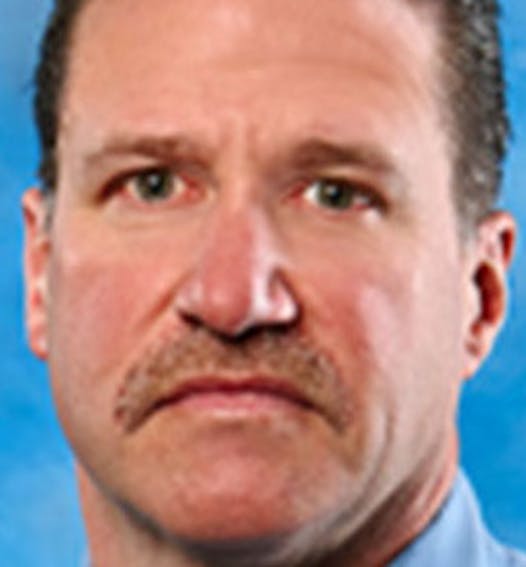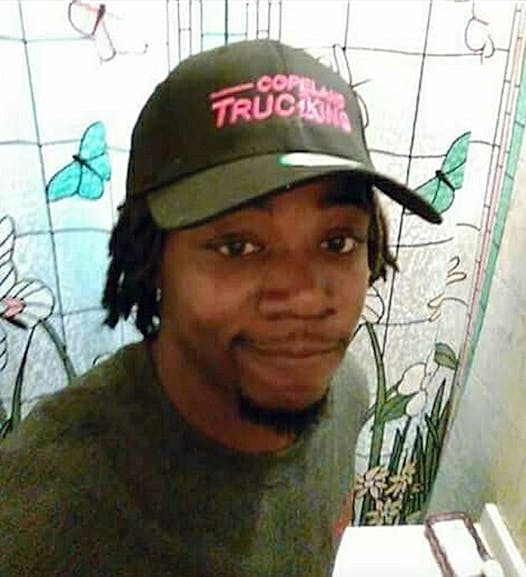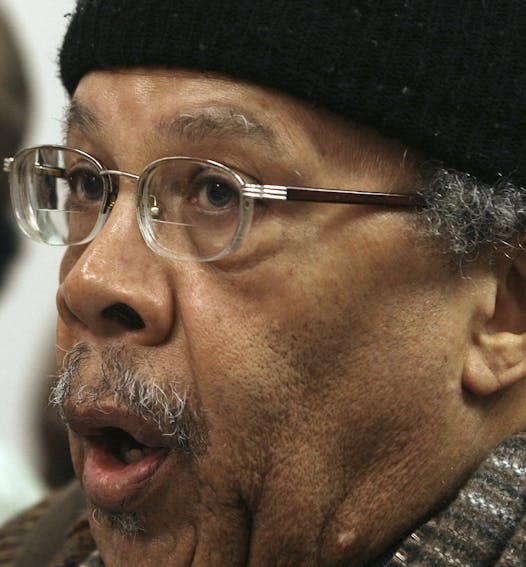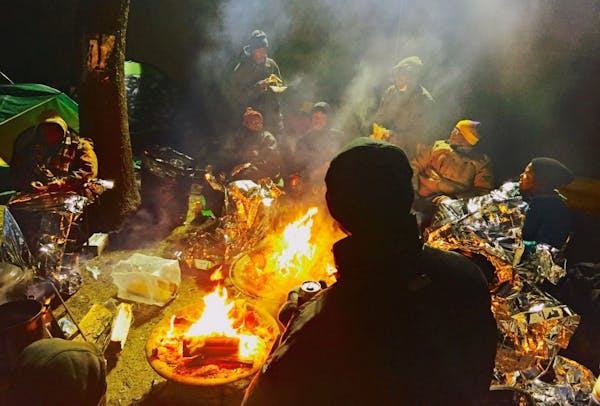Bettie Smith stepped up to the bank of television microphones in front of the Fourth Precinct police station, her hands clasped, and made a fervent plea for justice to be served in the death of a young black man during an encounter with Minneapolis police.
"The police need to be held accountable for murdering our children," she said.
Her words were not only about her son, Quincy, who died of cardiac arrest in 2008 after a scuffle with police, but also Jamar Clark, killed a week ago during a confrontation with police on the city's North Side.
The circumstances around Clark's death are murky and in deep dispute, with police union leaders saying the unarmed 24-year-old was reaching for the officer's gun. But as protests continue and a federal civil rights investigation begins in the wake of the fatal shooting, Minneapolis is once again being forced to confront what has been one of its most chronic and high stakes problems: relations between the police and black residents of a community often burdened by crime and violence.
Some North Side residents see Clark's shooting as the latest example of the community's strained relationship with a police force that, historically, has rarely reflected the city's racial and ethnic makeup.
The department has never had a black chief. The City Council's only black member is from the Somali community — not the North Side. And although diversity in hiring has picked up in recent years, less than a quarter of Minneapolis officers are racial minorities.
The protests last week prompted Gov. Mark Dayton and influential legislators to include community and economic development measures specifically for the black community in a possible special legislative session. The emerging statewide effort comes after a recent U.S. Census report showing that income levels were down and poverty rates were up for black Minnesotans.
Police Chief Janeé Harteau said her department has made progress in its relationship with the black community, but acknowledged that more can be done.
"There certainly are some people that are very connected to history, and [Clark's shooting] brings back things from the past, but we have done many things," Harteau said Friday. "Every time that there was an incident, this department has evolved and tried to move forward, and tried to make things better."
Despite recent efforts by city officials to address disparities in arrest rates — the City Council in June repealed bans on spitting and loitering, ordinances that critics said disproportionately affected blacks — the community's wariness persists.
"You call police out of necessity, not because you trust them," said Mel Reeves, a longtime North Side community activist. "It's dishonest to think that we're going to have a relationship. No, no, we've just learned to be tolerant of each other."
Complicated history
Clark's death occurred in the midst of a national debate sparked by deadly encounters between police and young black men in Baltimore, South Carolina and Ferguson, Mo. The head of the national NAACP led a candlelight vigil Friday, and both the FBI and the U.S. Department of Justice have stepped in, at the request of Mayor Betsy Hodges and with Harteau's approval, to investigate Clark's death.
Police have said Clark, whose criminal record included a conviction for first-degree robbery, was shot in an altercation with officers after he interfered with a paramedic assisting his girlfriend, the victim of an assault. Witnesses have said Clark was handcuffed and forced to the ground.
An autopsy showed Clark died of a gunshot to the head. The officers involved in the shooting, Mark Ringgenberg and Dustin Schwarze, were placed on paid leave.
Despite the federal investigation, protesters have expressed skepticism and demanded more information, including the release of videos of the incident.
For some longtime North Siders, Clark's death stirred memories of the police shootings of Tycel Nelson and Terrance Franklin, whose deaths also set off protests and heightened calls for a culture change at the police department.
"There's nothing unfortunately different about this, other than the name of the victim, and the name of the perpetrator," said Ron Edwards, a longtime civil rights activist.
Black residents have also expressed concerns about being singled out by police in less obvious ways.
One department-sponsored study found nearly two-thirds of those arrested by police over the past six years were blacks, who make up less than 20 percent of the city's population. An American Civil Liberties Union study suggested blacks were significantly more likely than whites to be arrested for low-level crimes like marijuana possession (11.5 times more likely) and disorderly conduct (9 times).
Shvonne Johnson, a college professor and lifelong North Side resident, said she joined a community group and frequently protested for police accountability after repeatedly seeing black motorists pulled over for seemingly minor traffic offenses. She said she's also witnessed people being beaten by officers.
"These are the types of things that send messages to the community and instill fear," she said.
Of the 29 people killed by Minneapolis officers in incidents involving use of force since 2000, 18 were black, according to a Star Tribune analysis of news and police reports, and death certificate data. Not all of those victims were unarmed, and department policy says Minneapolis officers are authorized to use deadly force when a suspect "creates a substantial risk of causing death or great bodily harm."
The city has paid out more than $6 million in alleged cases of police misconduct since 2012. The largest of those settlements — $2.19 million — went to the family of Dominic Felder, a black man who was shot and killed by two officers in 2006.
Lt. Bob Kroll, president of the Minneapolis police union, said he didn't dispute the statistics, but asked the public not to rush to judgment in the Clark case.
"What do you do to change it? I don't know," Kroll said. "All I can say is our cops are not out there hunting people, that's for damn sure."
Efforts to improve
Some community activists say hiring more black officers would go a long way to restoring community confidence in law enforcement. In 2003, a federal mediation board recommended the department hire more minority and female officers.
As of October, 22 percent of Minneapolis' approximately 800 officers were ethnic minorities, according to department statistics, up from 18 percent in 2011. Next year's 32-member class of community service officers includes 22 candidates of color.
Harteau said she has taken a hard stance on problem officers, firing six in her tenure, including two who were caught using racial slurs in Green Bay, Wis. She invited the Justice Department to overhaul the department's training system to identify officers who need more instruction.
Earlier this year, the city was selected for a Justice Department pilot program focused on "racial reconciliation, procedural justice and implicit bias." And the city has set aside $1.1 million to outfit officers with body cameras — a tool that many hope will help with transparency and trust.
Ray Dunn, 54, a lifelong North Sider, traced the shift to more aggressive policing back to the 1980s and the rise of crack cocaine, which ravaged urban neighborhoods in Minneapolis and parts of the country.
"It's pervasive and you've gotta be blind not to know that," Dunn said, before ducking into the Camden Mart at the corner of N. Fremont and 42nd avenues.
Hodges, who has been outspoken in the past about her intention to root out problem officers, said last year that she wants the department to mirror St. Paul's "high touch" approach to community policing, "getting officers out of their cars and talking to people, building those relationships, building trust."
"My hope is that we move forward as a city," Hodges said Friday.
It's tough, Harteau and Kroll said, because in many cases, officers are running from call to call and don't have time to build connections with the community.
Harteau said the recent discord over Clark's death is "a temporary setback" in community relations "and is an opportunity for us to move forward, with reinvigorated partnerships and new partnerships."
But Johnson, the professor, and others wonder if change will really come.
"It's sad that I remember marching here 15 years ago and now we're back," Johnson said.
Staff writers MaryJo Webster and Jennifer Bjorhus contributed to this report.
Libor Jany • 612-673-4064 Twitter:@StribJany

Want to share info with the Star Tribune? How to do it securely

'Safe recovery sites' would offer syringes, naloxone and more to people using drugs. The plan could be in peril.
New Minnesota GOP leaders seek peace with party's anti-establishment wing

Who is Republican Lisa Demuth, Minnesota's first House speaker of color?

